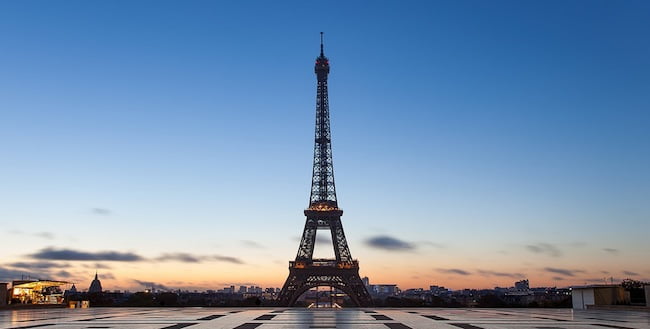Even if you’ve never been to Paris, you’re probably well aware of what the Eiffel Tower is. It’s one of the most famous landmarks and tourists flock to the site by the hundreds. But what does the Eiffel Tower do? Besides attracting tourists from all around the world, not so much actually.
The Eiffel Tower was erected over a hundred years ago by architect Alexandre Gustave Eiffel (who the tower is named after), and it wasn’t as well-loved as it is now. In fact, it was criticized by intellectuals and architects from around the world for its design! Many thought that yes, it was an artistic building but that Eiffel was not at all thinking of the engineering behind it – would it withstand harsh winds? But Eiffel and his team of brilliant architects knew how to build bridges so they understood what needed to be done so that the tower would stand tall regardless of whatever nature threw at it. And it did – the structure continues to stand tall. In fact, it was once the world’s tallest tower (until 1930 when the Chrysler Building was constructed in New York), and is still the tallest standing tower in France.
The entire structure (including the 7,300 tonnes of wrought iron) weighs a whopping 10,000 tonnes and is painted in different shades (lighter on the bottom, and darker on the top) so as to look as if it’s one colour in order to counter-effect atmospheric perspective. Every seven years, the tower is painted to protect it from rust – it takes about 50 to 60 tonnes of paint to do the job!
When we said the Eiffel Tower doesn’t serve a purpose, we lied – it does, and that’s to generate tourism. It is the most-visited paid monument in the world and has restaurants on the first and second floor. Tickets can also be purchased to go up the tower, either via elevator or by the stairs.
All this talk about the Eiffel Tower has us itching to book a ticket to Paris, France right now! What other monuments are you curious about? We’ll cover it for our next installment of Architecture That Doesn’t Serve a Purpose!


